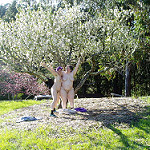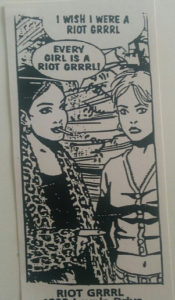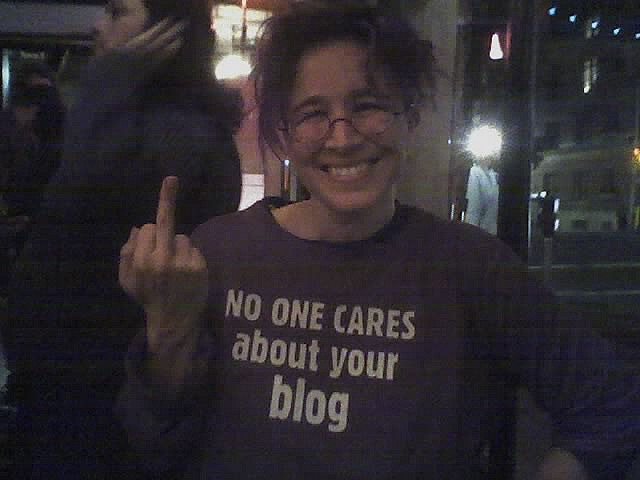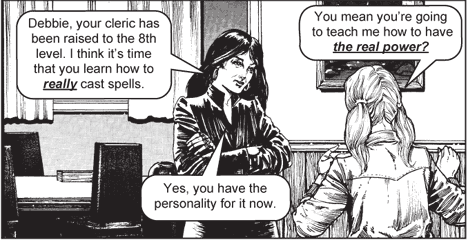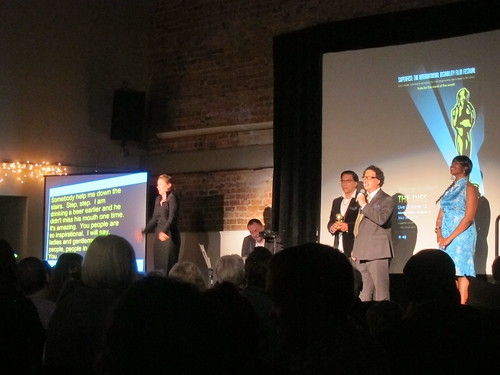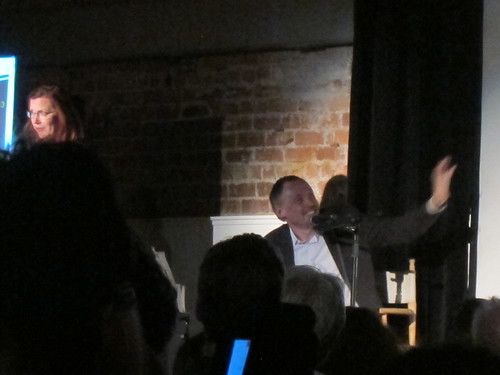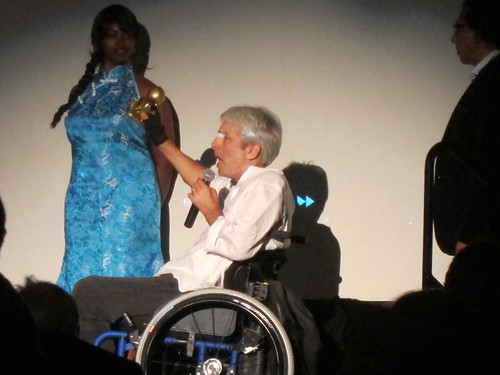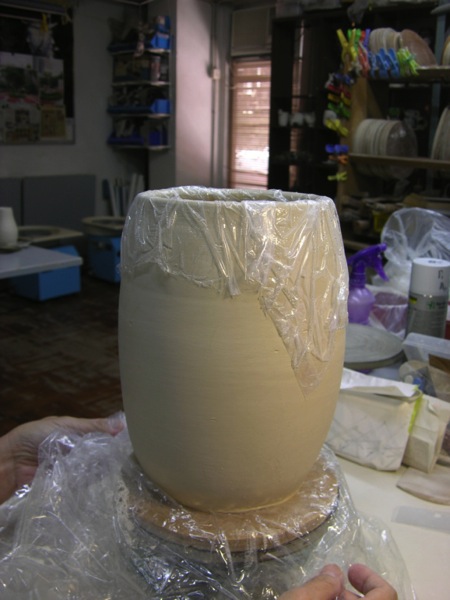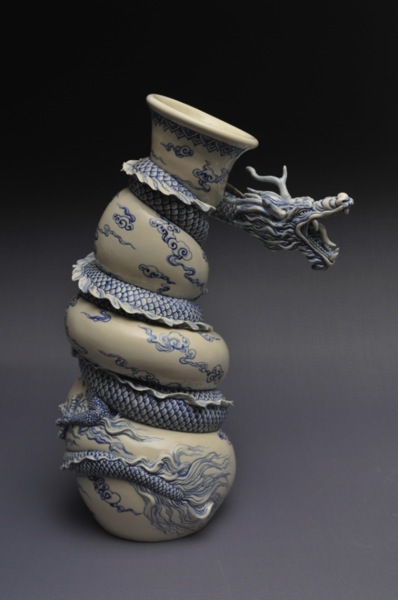Enjoying my visit to New York a lot already. This morning I had breakfast in our super nice hotel (Townhouse Inn). Tonight will be busy and I get tired easily, so I didn’t want to try to do anything big. I set off towards the nearest museum, which I knew nothing about – The Rubin Museum of Art, a few blocks away, picked out from Google Maps. It’s a museum dedicated to Himalayan arts and culture.
Along the way I browsed in a vintage jewelry store which had a lot of little wooden drawers full of stuff (like, a drawer for the 5 dollar tie pins, and 10, 15, and 20+ pins) There were drawers for brooches with people on them, animals, leaves, circle pins, birds…. I got a tie clip that is a very cute enameled bus from the 50s and something called a scarf clip that has morpho butterfly wings in the design that said it was from 1944. Anyway, I needed a clip because, all the way to the museum, I had to keep feeling at my neck to make sure my nice silk scarf didn’t fall off. Now the clip can make sure (or, I will lose a scarf AND a clip!)
At the museum I enjoyed the wrathful deities who represent wisdom and the small gold statues from the 13th-14th centuries especially the one of a historian and translator, Zhonnu Pel.
But I especially loved the the animations by Chitra Ganesh (The Scorpion Gesture), and The Road to Sanchi by Ghiora Aharoni. Of Ganesh’s animations I super loved the large glowing panel called Metropolis (must be in reference to the movie with Maria the robot) I watched it twice – get ready for the somewhat inaccurate/incomplete description from memory. It started out in sort of cosmic space/time in the stars with a Buddha and a writing (woman’s?) hand, some scrolls/books and a giant glowing flower and buildings which looked old (a monastery I think). More buildings arise in a mountain backdrop and then giant black feet stomp on everything so that the land and mountains fracture (I suppose many disasters including colonialism and invasions or diasporas) It is all a gorgeous technicolor neon collage. The giant feet are like Kali trampling and I also thought of the Monty Python foot. Felt that there were a lot of inter-references to stuff I missed but that didn’t lessen the impact – clearly more depth, but accessible to the ignorant. There is a rainbow, more buildings, an airplane, tall buildings and urban life appearing over and along with the older buildings and temples, then I think the 2nd buddha appears in a golden statue form, its face changes to a woman’s face (but I don’t know who specifically) and her body is like a cyborg goddess body which raises an arm and some sort of energy (weapon?) appears in her hand. It was gorgeous and apocalyptic and many-layered, with a relentless quality to the action. Loved it so much!!! Science fiction feminist visions are the best. My head exploded! I could have watched it 10 times! Thank you future historians of the (im)possible!
The other exhibit that really struck me was The Road to Sanchi by Ghiora Aharoni. It is a curving array of battered taxi meters in glass bell jars. The meter has a small strip of video screen playing and if you go around the back of each one there is a digital camera attached to the meter, playing the same video, full screen. Each one is a journey through busy crowded city streets (though in at least one, a more rural road) to a sacred place of various religions, in India and I think maybe Nepal.
I was pretty tired by this time so did not watch each of the 12 or so videos of the journey. I spent a fair amount of time with it though. My mind had already been floating through my own journey to new york from san francisco & through the street this morning on my scooter mingling with the crowds and enjoying the many layers of time of this city where on every block there are buildings in stages of dereliction and renewal built on geologic-feeling accretions of cement and tunnels and asphalt and pipes. Purple glass “light tunnel” windows inset into older bits of sidewalk. You can feel the infrastructure just seething.
Then, just before I got to the Road exhibit, I had sat at a desk by the elevator, where you can write a letter to a future museum visitor. On seeing that I realized that someone had handed me a letter from another visitor on my way in (I took it with thanks but assumed it was a sort of “please donate” brochure) So, I sat at the desk, got out the letter, and read it. Very sweet: “Dear Visitor, Don’t leave the museum without taking an idea that can impact how you live your life! Enjoy the wisdom of an ancient culture, whether you believe in religion or not. – Batya” Nice, as I am in fact not religious – only a poet. Maybe someone will enjoy the letter I left in the box.
So the idea in “The Road to Sanchi” of someone centering the pilgrimage (rather than a destination), through these multiple cameras/videos of specific places and times, but all playing at once, where I could wheel around their graceful arc (of time and space) made me very happy, feeling even more pleasantly catapulted in my awareness out of linear time and connected to many times and places. (Thinking of the artist’s, and by extension, everyone else’s, experiences of their lives). The somewhat chaotic street scenes, sense of not being in control (as a passenger not the driver) but in control as the viewer of art. And the battered, gritty, homey feeling of the iron taxi meters, of a place I have never been so they are not familiar to me, but from their being more or less the same made me feel they were familiar to others who are not me, another sensation/thought that is beautiful.
In a small library exhibit there were shelves of books on culture and history, travel journals, and science fiction, especially noticed the heavy amount of Octavia Butler’s books and then the book Strange Matings: Science Fiction, Feminism, African American Voices, and Octavia E. Butler (edited by Rebecca J. Holden & Nisi Shawl) just leaped out at me. I may have pulled it off the shelf to put it on top of the book stand display!
Notes on access: The museum is spread out through several floors with a small wheelchair lift to the main lobby and then a separate bank of elevators to 6 other floors. It was pretty accessible but larger powerchairs may have trouble with the somewhat narrow hallway to the bathroom (i.e. you could not turn around, and would have to back out of the bathroom and hall). There were a lot of free headsets with audio descriptions for some of the separate exhibits. The front doors were heavy but well balanced enough that I could (barely) open them but there were people in the lobby standing by to help. So all around, very accessible.
Now getting ready to meet friends for dinner and go out to the performance of Descent which I’m looking forward to quite a lot.
